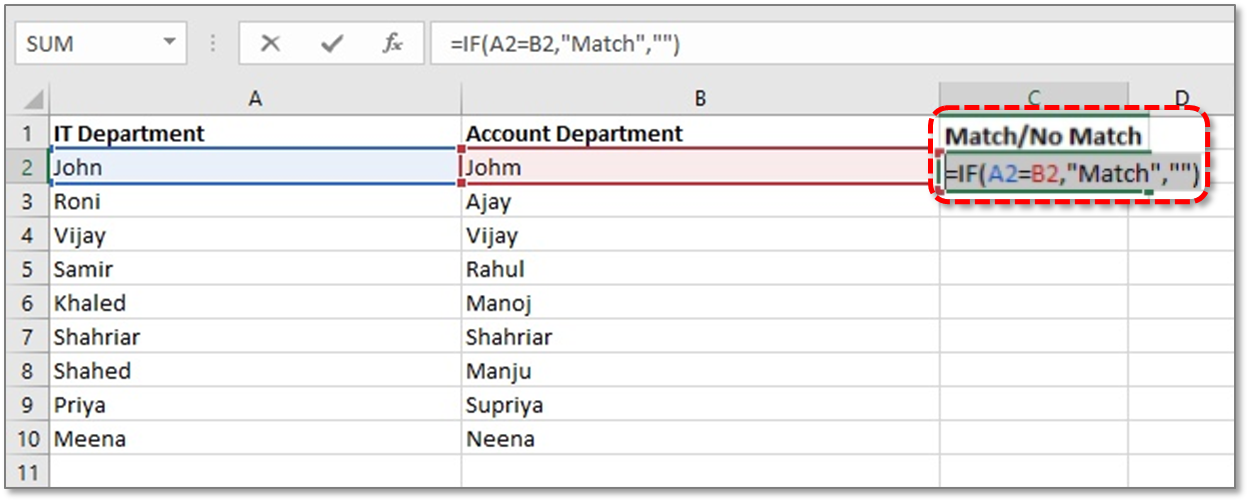How Many Columns Does an Excel Sheet Have?

In the world of spreadsheets, Microsoft Excel is a household name known for its robust functionality in data analysis, calculation, and organization. One frequent question many users have, whether novice or expert, is how many columns does an Excel sheet have? This seemingly simple inquiry unfolds a layer of Excel's capabilities and understanding it can significantly enhance your spreadsheet management skills.
Overview of Excel Spreadsheets

Excel spreadsheets are highly versatile tools used across various industries for data recording, analysis, and presentation. A basic understanding of Excel’s sheet structure is essential for efficient use:
- Each workbook in Excel contains one or more sheets.
- Every sheet is an organized grid of cells arranged in rows and columns.
Columns in Excel

At its core, columns in Excel sheets are labeled from A to XFD, where:
- The first column is labeled ‘A’.
- Column labeling follows the pattern A, B, C, …, Z, AA, AB, …, AZ, BA, …, ZZ.
This structure results in 16,384 columns in the latest versions of Excel (Excel 2007 and onwards). Here’s a quick breakdown:
| Column Label | Number of Columns |
|---|---|
| A-Z | 26 |
| AA-AZ | 702 |
| BA-BZ | 702 |
| … | … |
| XFD | 16,384 |

The transition from versions prior to Excel 2007, which had 256 columns (IV), to the current 16,384 columns, represents a significant upgrade, allowing for the handling of larger datasets.
💡 Note: Understanding the maximum column count is crucial for planning your data structures. If your data exceeds this limit, consider using multiple sheets or external database solutions.
Why Does the Number of Columns Matter?

Here are some reasons why knowing the number of columns is important:
- Data Management: It helps users plan how to distribute data across multiple sheets or external databases when their datasets are too large.
- Analysis Efficiency: With a higher number of columns, you can organize and analyze large datasets more effectively, reducing the need to split data across multiple files.
- Performance: Knowing Excel’s limitations allows you to design spreadsheets that won’t slow down your system due to oversized data.
Maximizing Your Excel Experience

To get the most out of Excel’s column capabilities:
- Use data validation to ensure data integrity across columns.
- Apply freeze panes to keep headers visible while scrolling through thousands of columns.
- Use column freezing to compare distant columns side by side.
- Leverage Power Query and Power Pivot for dealing with and analyzing large datasets.
Understanding Excel's column structure is not just about knowing the limits; it's about optimizing your workflow for efficiency and accuracy in data handling.
Can Excel handle more than 16,384 columns?

+
No, the current versions of Excel are designed to accommodate up to 16,384 columns. If you need to work with larger datasets, consider using other tools like SQL databases or Excel add-ins for extended functionality.
What happens when you exceed the column limit?

+
Excel will alert you that the data you're trying to enter goes beyond its capacity. You'll have to either remove data or shift it to another sheet or file.
How do older versions of Excel differ?

+
Older versions of Excel, prior to Excel 2007, were limited to 256 columns. If compatibility with these versions is necessary, you'll need to keep your data within those limits.
Wrapping up our exploration of Excel’s column capabilities, understanding the limits and possibilities opens up avenues for better data organization and analysis. Whether you’re working with small datasets or handling enormous databases, Excel’s column structure provides a framework to design efficient, scalable spreadsheets. With this knowledge, you can optimize your workflow, ensure data integrity, and leverage Excel’s powerful tools to achieve your data management goals.



